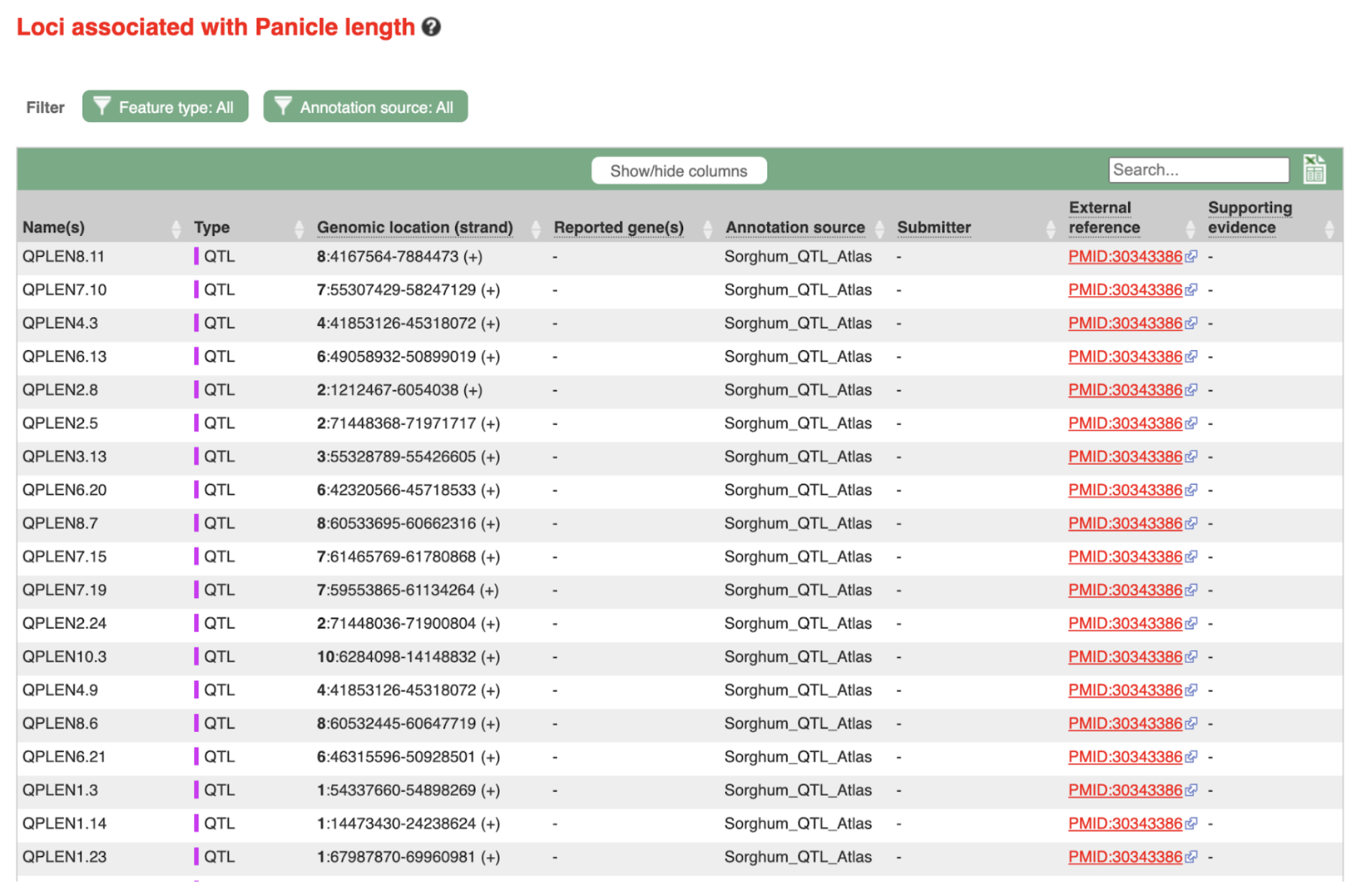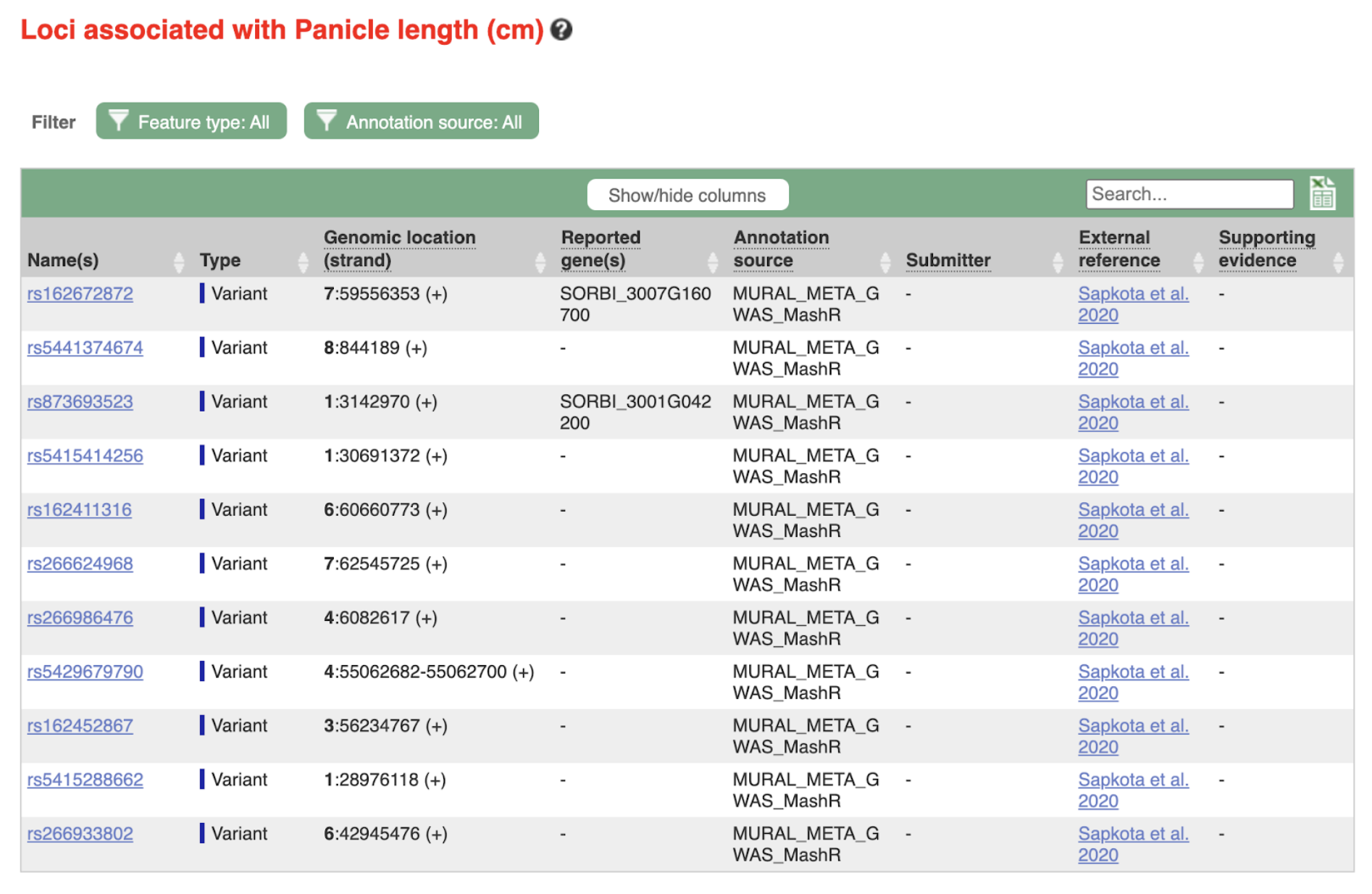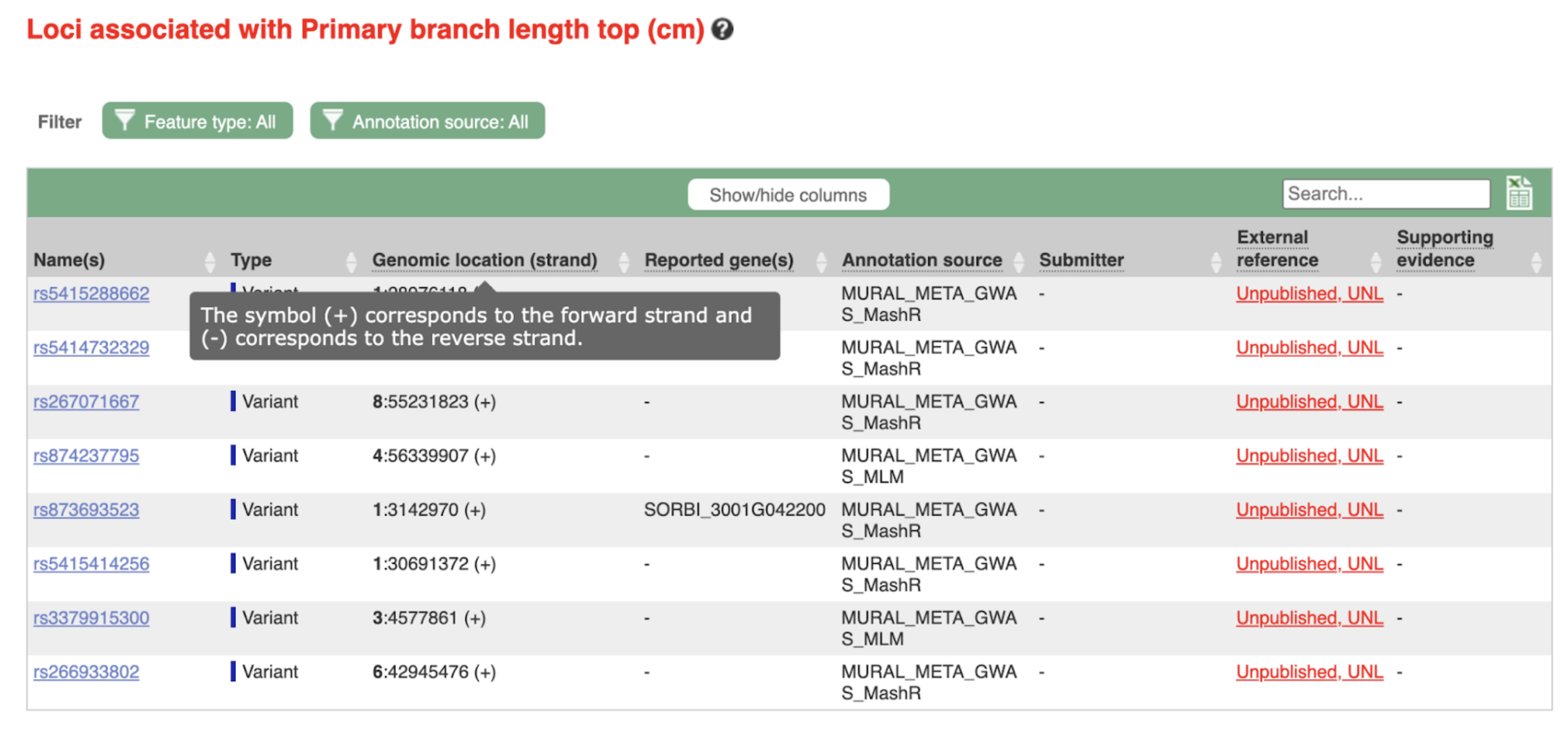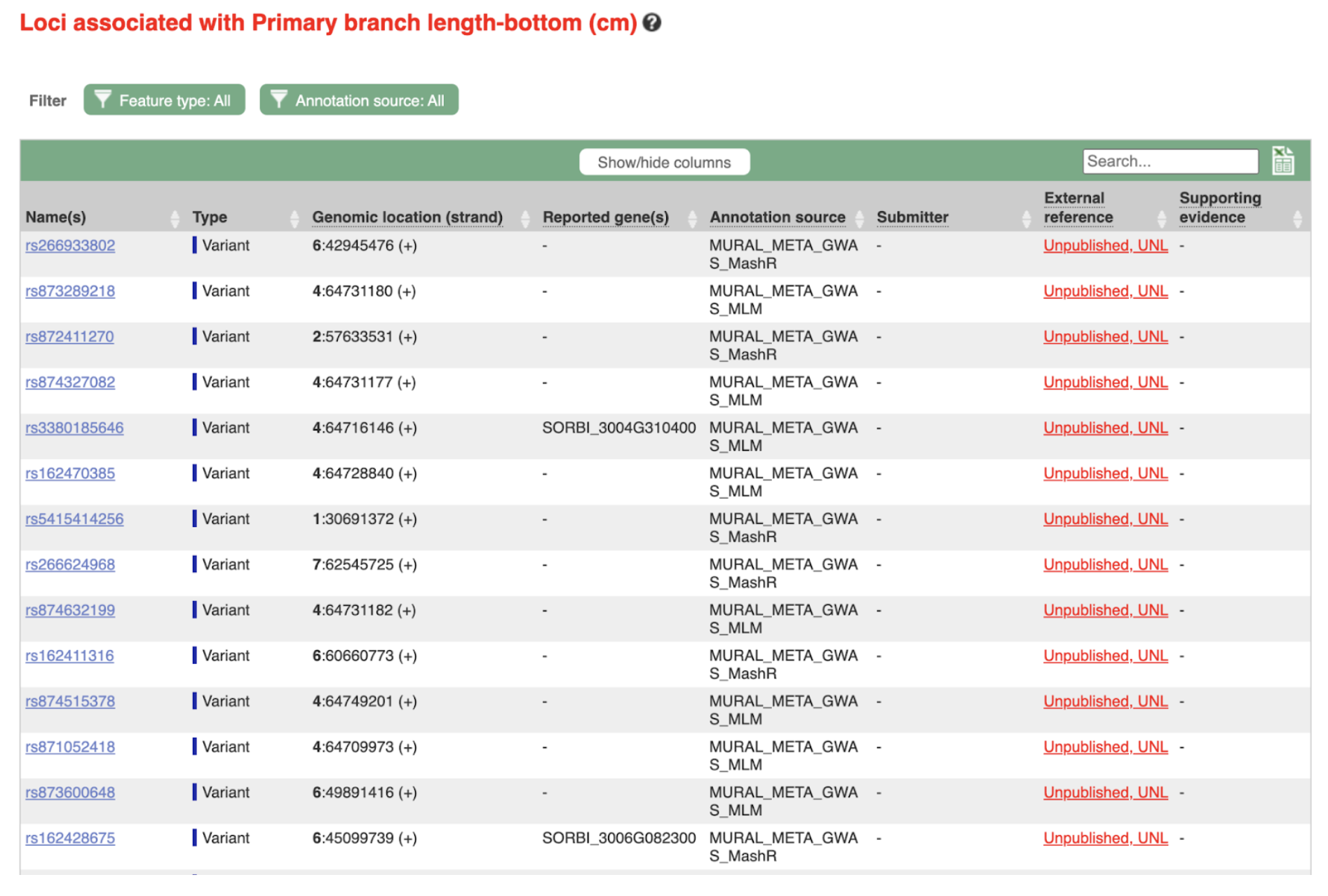This study reveals how geographic adaptation shapes inflorescence morphology in Chinese sorghum, identifying key genetic regions that could be leveraged to breed climate-resilient, high-yield varieties.
Keywords: Candidate genes, Genome-wide association study, Inflorescence morphology, Quantitative Trait Loci, Sorghum
Researchers from Zhejiang Academy of Agricultural Sciences and Guizhou Academy of Agricultural Sciences investigated the genetic architecture underlying inflorescence morphology (IM) adaptations in Chinese sorghum, focusing on the contrasting traits between southern and northern varieties. Through a genome-wide association study (GWAS) on 242 sorghum accessions, researchers found that regional adaptations to climate shaped the IM characteristics in sorghum populations. Specifically, southern sorghum accessions were characterized by longer panicles and loosely structured branches, likely an adaptation to the hot, humid southern climate that promotes airflow and reduces mold risk. Conversely, northern varieties had shorter, denser panicles, optimizing planting density and grain yield in drier conditions. The results highlight the consistency between genetic traits and environmental adaptability, with southern and northern sorghum landraces displaying region-specific IM patterns that contribute to crop resilience under local climatic challenges. This study suggests that hybridizing favorable traits from both regions could yield enhanced varieties of sorghum for improved resilience and productivity.
In addition to identifying 71 quantitative trait loci (QTLs) across the genome, the study highlights key genetic regions co-localized with traits related to plant height, grain size, and panicle architecture, demonstrating a genetic interplay that influences IM. For instance, genes like Sobic.003G052700 and Sobic.006G247700 showed geographic haplotype variation, supporting the idea of regional adaptation in IM traits. These QTLs and their corresponding genes align with homologous inflorescence genes in rice, which points to conserved genetic pathways across species. The study emphasizes the potential of using biotechnological tools such as CRISPR/Cas9 for targeted editing of these genes to enhance IM traits. This genomic knowledge offers valuable resources for sorghum breeding programs, especially in developing climate-resilient sorghum varieties optimized for specific regional climates, thereby advancing precision agriculture in China.
SorghumBase examples:
The authors identified four genes that showed consistent signatures related to inflorescence morphology (IM): Sobic.003G052700, Sobic.006G247700, Sobic.009G060100, and Sobic.010G101600.






Reference:
Zou G, Ding Y, Xu J, Feng Z, Cao N, Chen H, Liu H, Zheng X, Liu X, Zhang L. Genome-wide dissection of genes shaping inflorescence morphology in 242 Chinese south-north sorghum accessions. Sci Rep. 2024 Oct 28;14(1):25828. PMID: 39468118. doi: 10.1038/s41598-024-76568-7. Read more